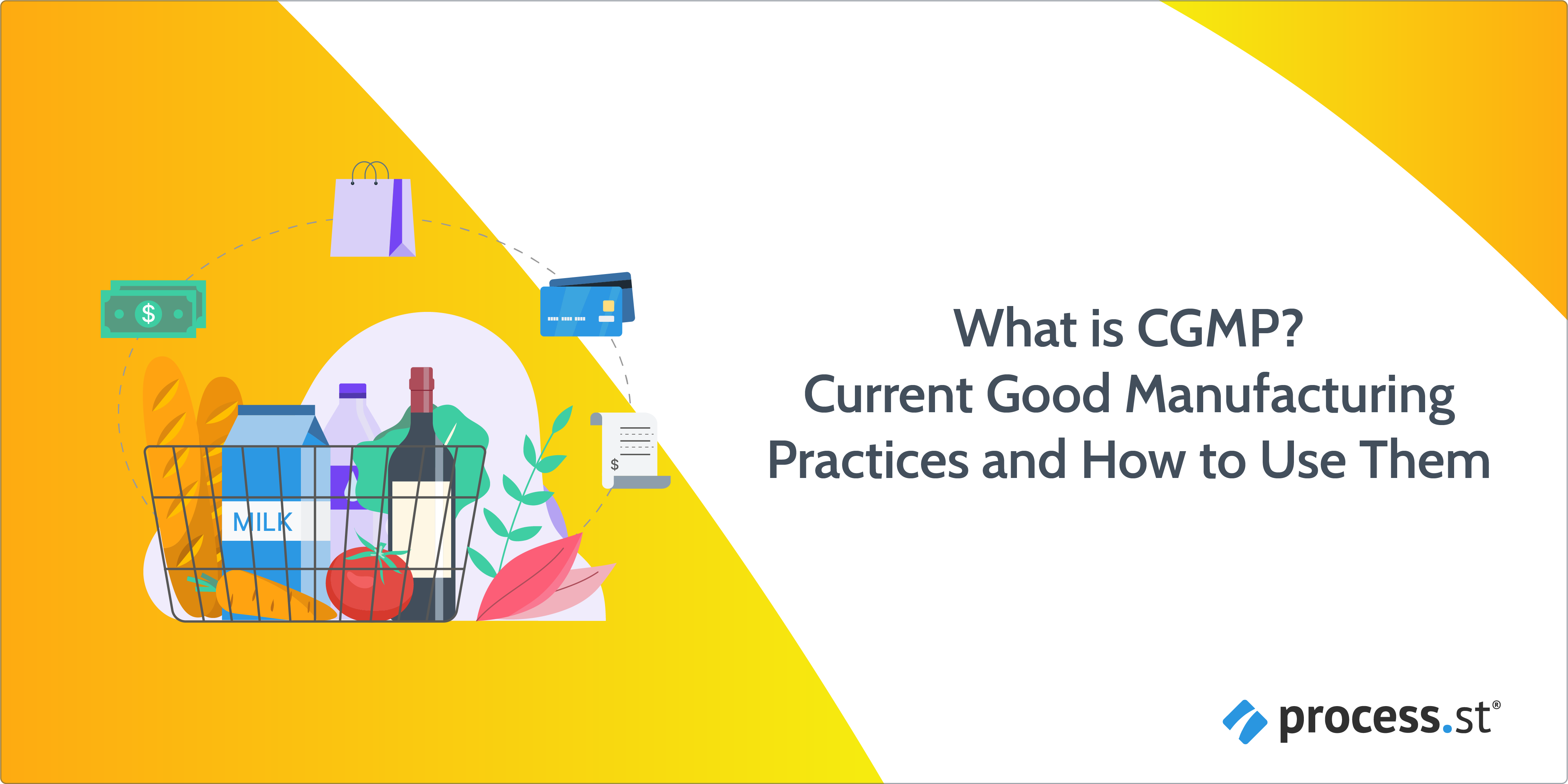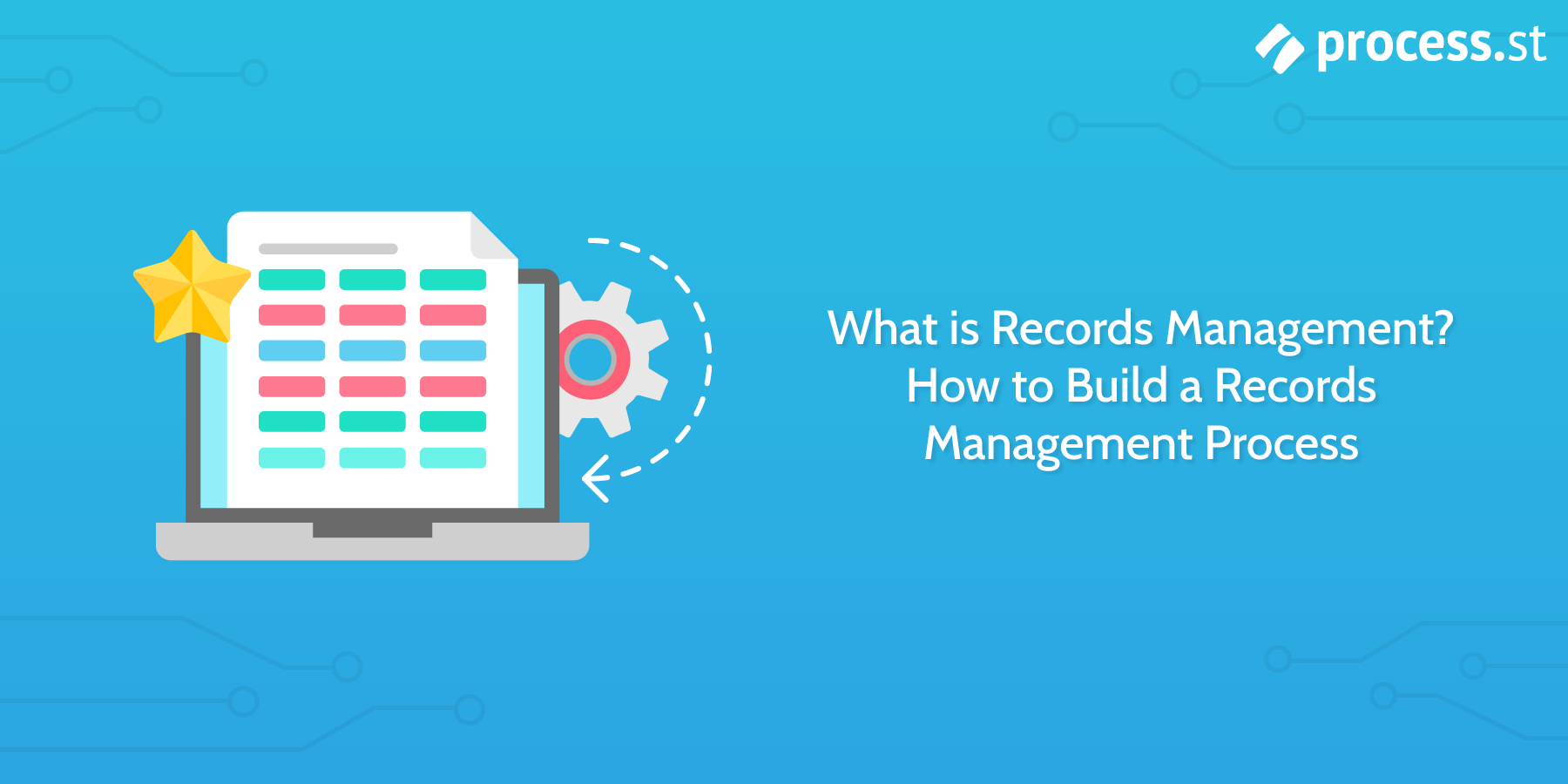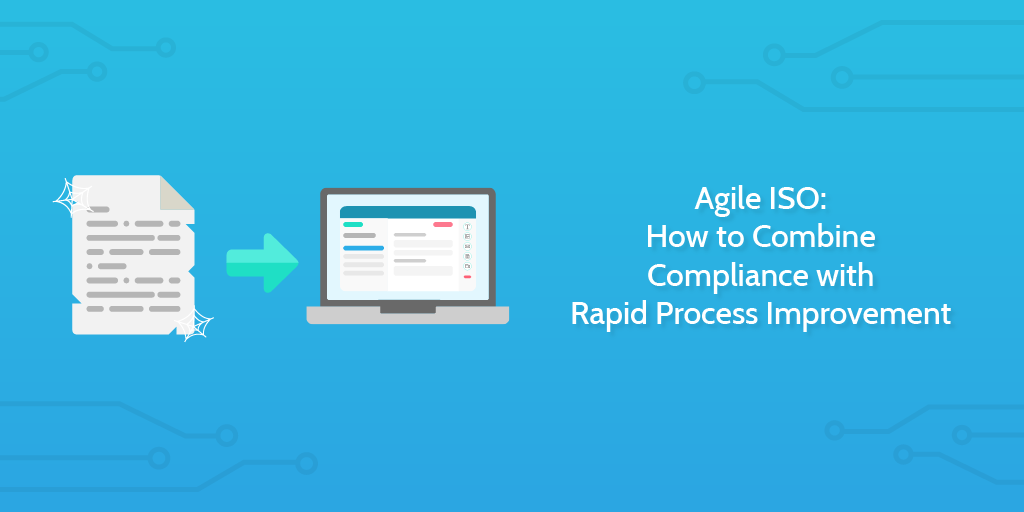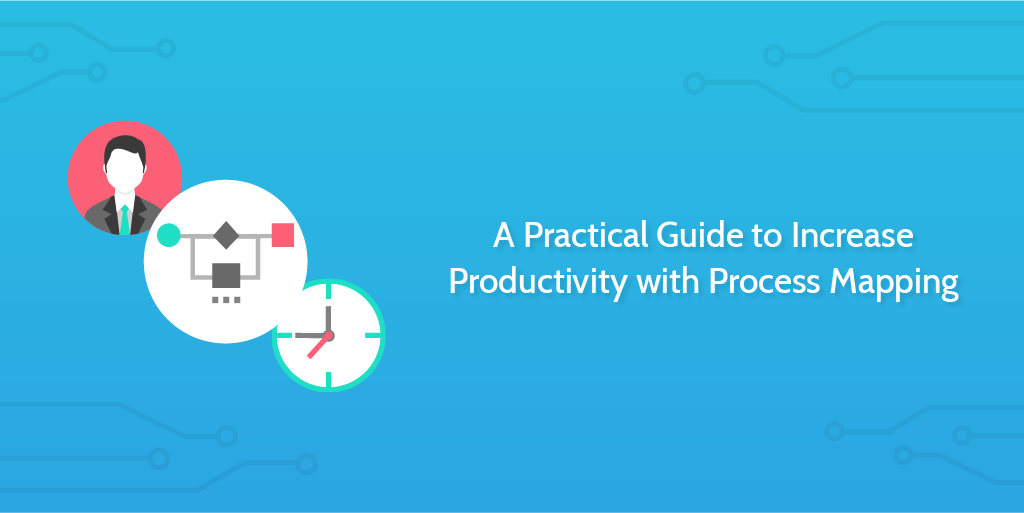 Services, services, services.
Services, services, services.
We seem to be in a world of managed services.
Everyone’s outsourcing nowadays. And when they’re not outsourcing, they’re insourcing in an outsourced way.
It’s all very confusing.
That’s why we’ve decided to break down the core document which tends to regulate and organize this kind of service provision: the humble service-level agreement (SLA).
Service-level agreements, amongst other things, bolster trust in and between organizations – making it clear what needs to be done, to what standard, and when.
Trust is a hugely important thing in business. Accenture’s Competitive Agility Index found:
following a drop in trust, a company’s index score drops 2 points on average, negatively impacting revenue growth by 6% and EBITDA by 10% on average.
One of the main ways to keep trust alive in your business is to know what is expected of people and to hold them to it. Enforce reliability.
SLAs are one mechanism to help you in that battle.
In this Process Street article we’ll answer the following questions:
- Free SLM and SLA templates
- What is a service-level agreement (SLA)?
- Why do you need a service-level agreement?
- What are the different types of SLA?
- What is in a service-level agreement?
- What kinds of companies use an SLA?
- What are some SLA examples?
- What are the alternatives to SLAs?
- How you can use SLAs with Process Street







 If you’re manufacturing food, drinks, or medicine, you know you have a sea of regulations and standards which you need to hit and adhere to.
If you’re manufacturing food, drinks, or medicine, you know you have a sea of regulations and standards which you need to hit and adhere to. I moved house not too long ago.
I moved house not too long ago.
 Building a solid product strategy is often thought of as a complex challenge and many companies fail to approach it systematically.
Building a solid product strategy is often thought of as a complex challenge and many companies fail to approach it systematically. ISO standards can be confusing and intimidating.
ISO standards can be confusing and intimidating.


